I’ve put all sorts of fitness trackers to the test—from wrist-bound supercomputers like Apple Watch to GPS sport watches like Garmin Fenix 7X Pro—but one of the most appealing is Oura Ring. Worn by some of the most influential people in the world (e.g. Prince Harry, Duke of Sussex; Mark Zuckerberg; and Kai Lenny), it’s the original smart ring that cemented the category. Similar to WHOOP, Oura Ring eschews a screen to solely focus on your health and activity by measuring and tracking biometrics using proprietary sensor technology.
With a starting price of $299 and a subscription costing $6 a month, it’s not the most affordable wearable. To see if it’s worth the investment, I spent several months putting Oura Ring to the test. I’m candidly sharing my experience—what I like about Oura Ring, where it can improve, and who it’s best suited for in the overall market.
Men’s Journal aims to feature only the best products and services. We update when possible, but deals expire and prices can change. If you buy something via one of our links, we may earn a commission.
Overall Impressions
Style
As the name suggests, Oura Ring Gen3 presents as standard jewelry. You can pick between two styles: Horizon is seamless and fully flat around its circumference, while Heritage has one flat edge. The ring itself is made of titanium with a non-allergenic inner molding to mitigate irritation. You can choose among a number of handsome finishes: Brushed Titanium, Silver, Black, Stealth, Gold, and Rose Gold. As such, prices vary depending on style and color, staring from $299 for Heritage and $349 for Horizon.
If you want to order online, you can do so through Oura and receive a sizing kit in the mail. Best Buy also offers this option (when you add the sizing kit to your cart, you’ll automatically receive a free $10 Best Buy e-Gift Card to off-set the cost), in addition to in-store sizing if you want immediate gratification.

Courtesy Image
Tech and Sensors
While Oura Ring looks like a normal ring on the outside, there are three bumps on the inside that comprise the ring’s sensor stack. Oura Ring uses infrared photoplethysmography sensors (PPG) that penetrate the skin to measure respiratory rate, heart rate, HRV, and blood oxygen levels; red LEDs measure blood oxygen levels, while green LEDs measure heart rate.
Moreover, a negative temperature coefficient (NTC) sensor measures body temperature and a 3D accelerometer detects movement, which aids in daily activity tracking, such as steps taken and calories burned.
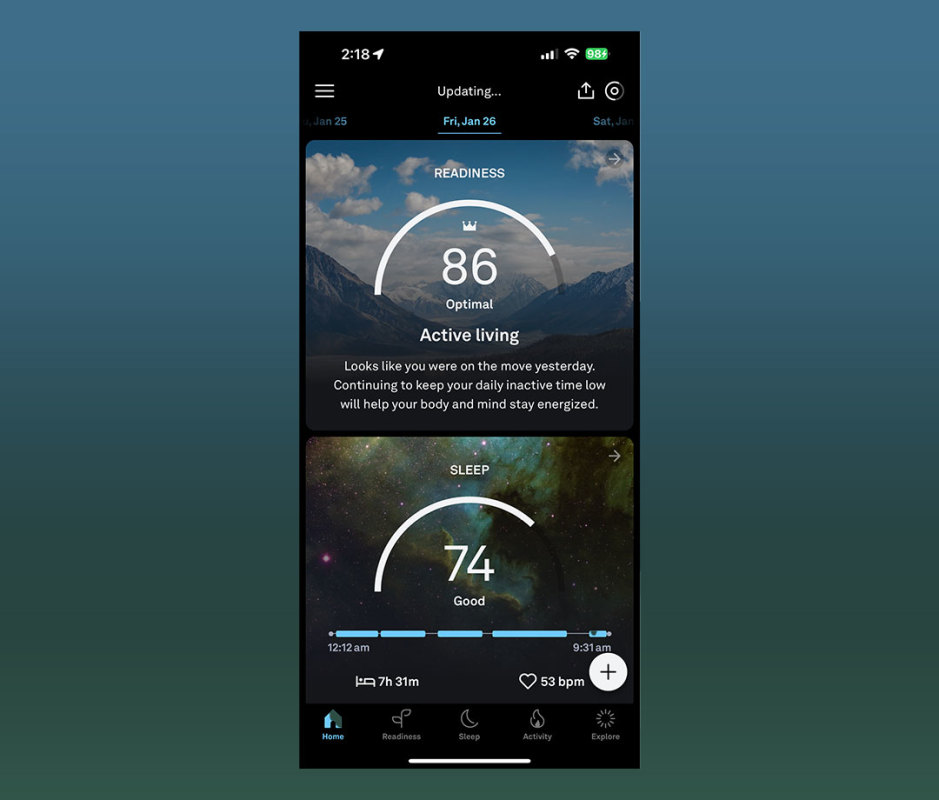
Jacob Krol
Oura App Experience and Usability
Your data is tracked and stored on the ring, then analyzed using Oura’s algorithm and software. It connects your Android or iOS smartphone via Bluetooth, and syncs everything in the Oura App. The app is definitely a highlight of the experience: It’s streamlined with an auto-updating main dashboard that shows your daily readiness and sleep scores upon first sync in the morning.
Throughout the day, the app updates and presents an activity goal, plus heart rate trends. What you won’t find is real-time workout tracking. If you’re after that, you’re better served by an Apple Watch, Galaxy Watch, Pixel Watch, or WHOOP. Overall, the user experience is easy to navigate and concise.
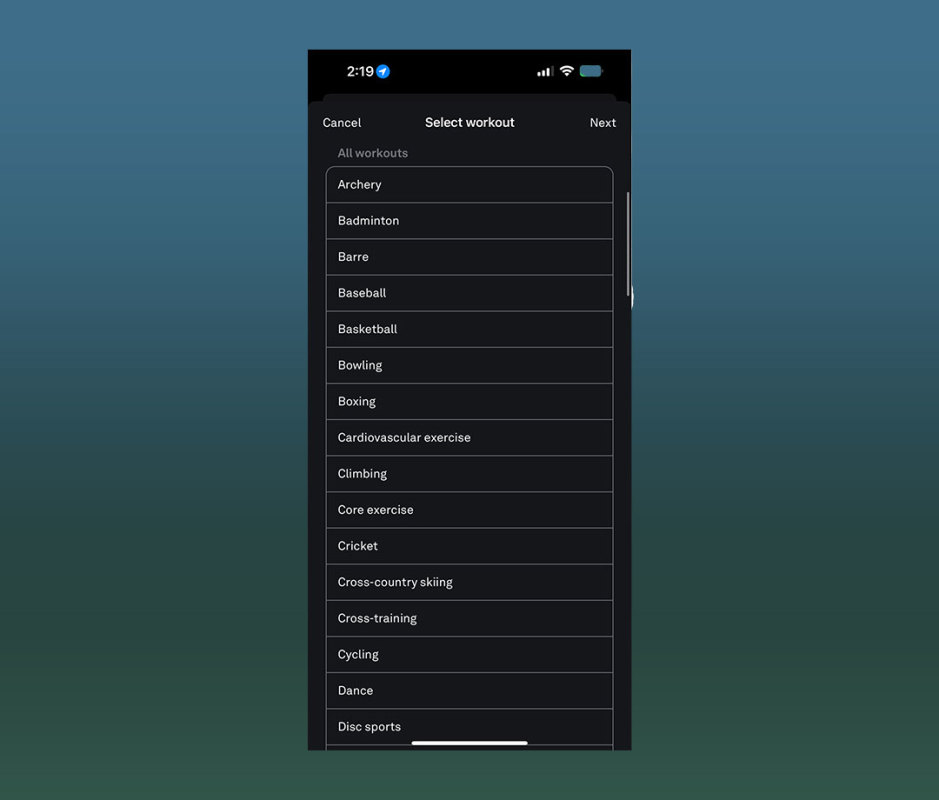
Jacob Krol
Activity Tracking
Oura Ring automatically detects over 40 distinct activity types, which is a huge bonus. You don’t have to go into the app at the onset of a workout and select the activity. However, you can and should give feedback on whether Oura correctly identified the activity once you finish. It’ll get smarter over time and more accurate at recognizing movement patterns. I found the app interface made it easy to confirm, tweak, or delete sessions.
The most important consideration when choosing a fitness tracker is how you like to work out. If you’re a runner, you should prioritize GPS watches that let you log laps and see real-time pace metrics. Oura Ring won’t help you on the track and it can also be cumbersome in the gym. If lifting and strength training are a big part of your fitness, you might find WHOOP is a better fit. The soft band trumps GPS watches, which can get beat up during kettlebell work, and rings, which get in the way of heavy barbell lifts.
Sleep Score and Readiness Metrics
Every morning, once your data is synced and up to date, you can dive deeper into the individual insights for readiness, sleep, and activity from the day before—and how they help or hurt your overall well-being. For instance, readiness is an amalgamation of resting heart rate, respiratory rate, body temperature change, and HRV, which is impacted by how much strain you put your body through, like if you did an intense workout or had a stressful presentation at work, and how well you recover at night.
Oura’s algorithm combines all this to indicate a snapshot of your health in the last 24 hours and what might be wise to tackle the following day. Oura Ring is an actionable wearable. But while WHOOP focuses on pushing your athleticism to reach peak performance, Oura Ring is less focused on athletes and more geared toward the average person trying to live a healthier life.
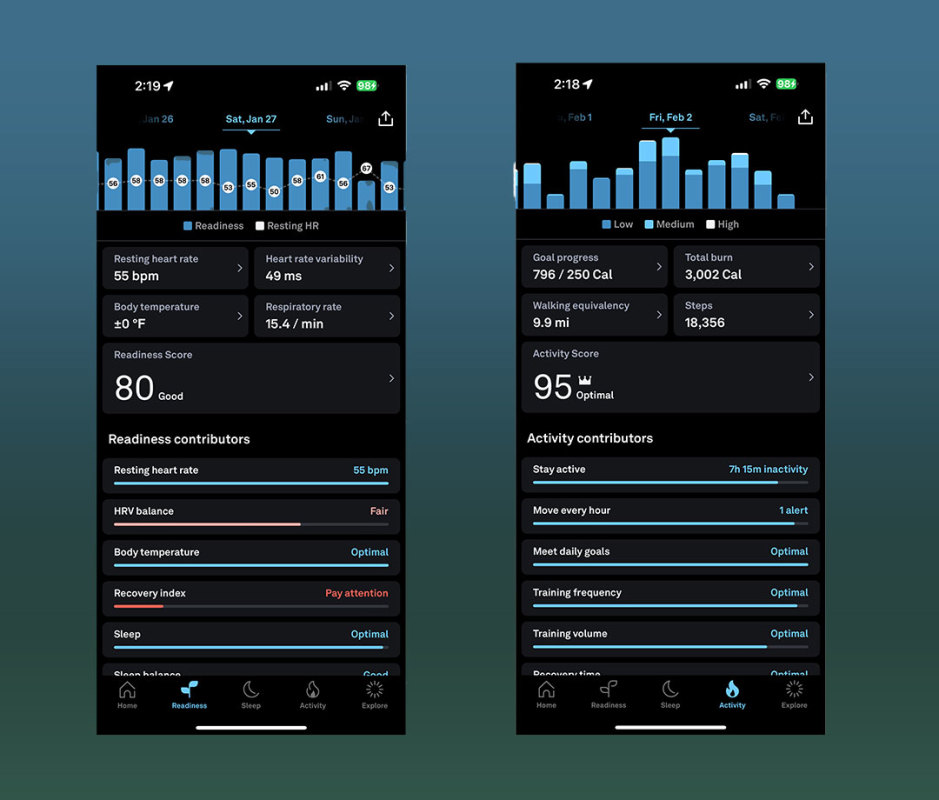
Jacob Krol
Accuracy
If you’re curious how accurate fitness trackers really are, rest assured Oura Ring is among the leading sleep-tracking wearables. Oura Ring Gen 3’s Sleep Staging Algorithm 2.0 was put to the test and directly compared to polysomnography (PSG), the gold standard of sleep tracking. The study was conducted by the University of Tokyo and included 96 participants over the course of three nights.
At the end of the study, researchers concluded, “Oura has high sensitivity and specificity with almost perfect agreement with PSG for 2-stage sleep classification, and an inter-device reliability of 94.8 %.”
I really appreciate how actionable and accurate the sleep score is against other wearables—not to mention a ring is more comfortable to wear to bed than a watch or strap.
Oura doesn’t just give total hours in bed. It delves into total time in bed versus time asleep and efficiency within REM, light, and deep sleep stages. You can even dive into your blood oxygen, heart rate, and heart rate variability overnight, which can signal you may be stressed, sick, or overtraining.
Just note, as with any wearable, this data does not take the place of a doctor’s visit. However, it can be helpful if you want to share it with a specialist if you notice sleep disruptions don’t improve over time.
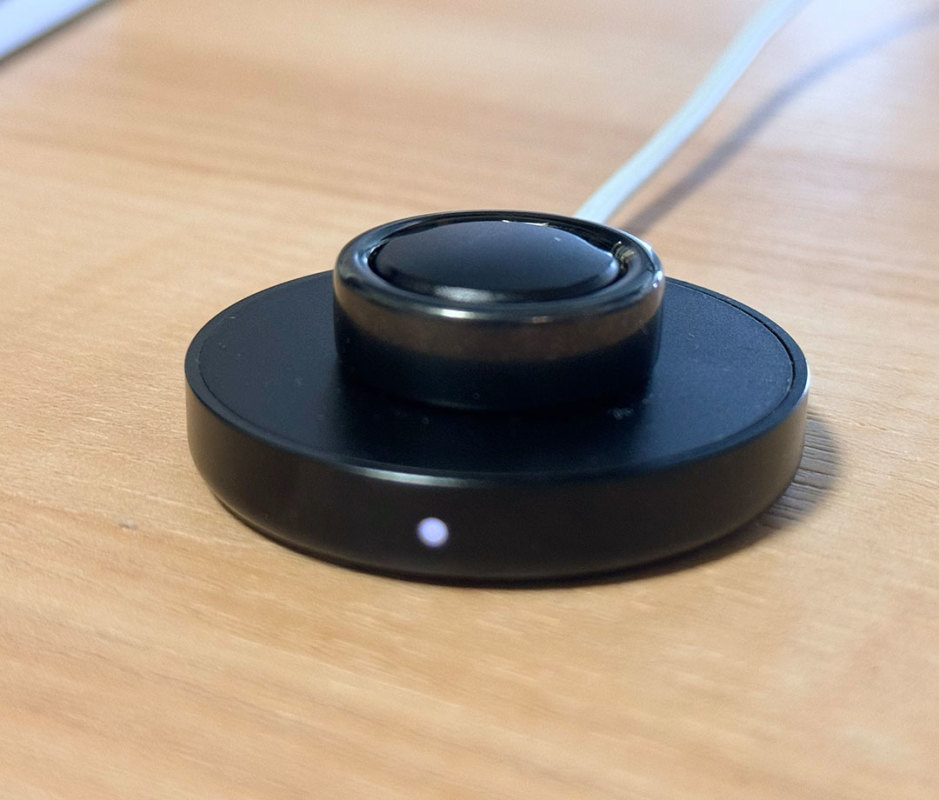
Jacob Krol
Battery Life
In terms of battery life, Oura Ring goes well beyond the average smartwatch and is worthy of consideration if you dread daily recharging. Oura estimates one charge lasts between four to seven days. I average about three to five days of battery life. A charger is included in the box, and it recharges fairly quickly, reaching about 100 percent in under an hour, depending on the power source. The one downside is it’s a pain to pull the ring on and off since the ring needs to be snug for the most accurate tracking.
Pros and Cons
| Pros | Cons |
|---|---|
|
Premium materials and elegant design doesn’t look any different from a traditional ring |
Depending on material and color, it can get costly and has a higher starting price compared to other wearables on the market |
|
Readiness and Sleep scores are data filled and actionable |
Fitting process via mail can take some time |
|
Multi-day battery life |
Need to subscribe monthly to get the most out of it; without membership you’re limited to daily scores |
Final Verdict
Oura Ring is a luxe wearable that appeals to casual users who want their fitness tracker to blend into their attire; who are most concerned with sleep tracking and overall well-being; and who don’t need real-time workout feedback.
Another big pro with Oura Ring is the design; there’s something to be said about not having another screen or device chirping or vibrating to get your attention throughout the day.
Oura Ring requires a one-time hardware cost with a recurring monthly charge. Considering Oura didn’t always charge a monthly fee for some of this data, that’s a little off-putting, but the brand has continued to build on what you get.
In 2023, Oura rolled out stress monitoring, which uses your heart rate and other factors to identify and plot stressors on a graph. If you’re into meditation, you can also access select Headspace content within the app, which is a nice bonus.
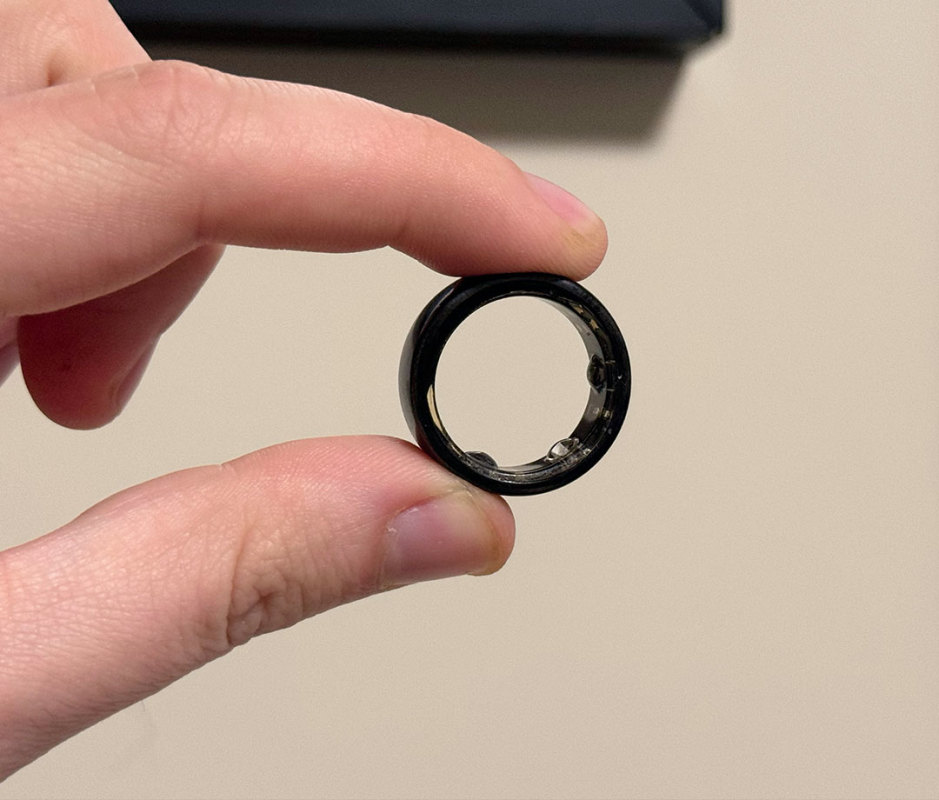
Jacob Krol
Why You Should Trust Me
I’ve been reviewing gadgets and tech since 2018, having worked as a Tech and Electronics Editor at CNN Underscored, where I launched the Gadgets vertical, as well as Mashable. Currently, I’m a senior editor of Technology and Commerce for TheStreet.
How I tested Our Ring Generation 3
In order to evaluate Oura Ring Generation 3, I wore it daily for several months in tandem with wearing other devices like Apple Watch SE 2nd Gen, Apple Watch Series 8, Apple Watch Series 9, Apple Watch Ultra, Apple Watch Ultra 2, Pixel Watch, and Galaxy Watch 6. I wore it during daily activities, as well as specific workouts, including indoor cycling, walking, yoga, strength, and meditation.


